In 2005, years before I first picked up a camera, a photographer + visual artist named Raph released a photo book on Ginkgo Press - Behind The Beat: Hip Hop Home Studios. I was a budding beat maker at the time, still learning my way around sample chopping and sequencing, and in the total fanboy stage of many of the producers that were featured in this book, including my all-time favorite producer, J Dilla—so it was a must have, as it allowed me to peer behind the curtain of my heroes, so to speak.
Raph’s photographs, shot in medium format on a Hasselblad, served as a double-edged source of inspiration for me. This was one of the first works that aligned with my interests as a music-lover and maker - maybe outside of Francis Wolf’s Blue Note album covers - where I took notice of the photography. Suffice it to say that Behind The Beat was one of the first projects that piqued my interest in making photographs. As began to learn the medium, I told myself that one day I’d approach this concept with my own camera.
Fast forward to earlier this year. I’d been teasing out the idea of photographing creative friends in their workspaces and studios for some months - finally attempting to follow through with the inspiration from Behind The Beat - and I worked up the nerve to start reaching out to people, getting them interested in the idea, and setting up dates to shoot. The first person I reached out to was the homie Shane Great, a brilliant producer, and to my delight, he was down for it. After a few months of scheduling conflicts, we locked in dates and I made it out to Jersey to shoot him.
Shane is soft-spoken, thoughtful, and kind. He speaks glowingly, and often, of his fianceé. He pauses his beat-making session to take a call from his mom, who lives close by. I quip that he’s a good son. He laughs and responds “She’s the only one I got.” He’s a gear nerd like me, and a dope photographer in his own right. We reminisce on the first time we made acquaintances, trade hip-hop war stories, and geek out about film cameras.
Shane’s production kit is a model of simplicity - a Technics SL1200 turntable flanked by two MPCs, an MPC 2500 and an MPC One, an SP404, and an SSL 12 audio interface. The monitors of choice are Yamaha HS7s. Behind him is a small but choice selection of vinyl. He clearly squeezes every bit of juice out of his setup - he played banger after banger for me, and I had constant thoughts of “I wish I made this” in my head.
My time with Shane reminded me of the importance of getting out of the creative siloes I often place myself in. In a few short hours, I felt more inspired and alive creatively than in many months prior. Creative fellowship is massive for me - the struggles I have with doing it notwithstanding.
Over my career, I've developed a deep love for environmental photography, especially of people in their workspaces/studios. I’m setting up a few more of these to shoot before the end of the year and will be branching out to artists outside of the music space too.
Check out the rest of our shoot below.









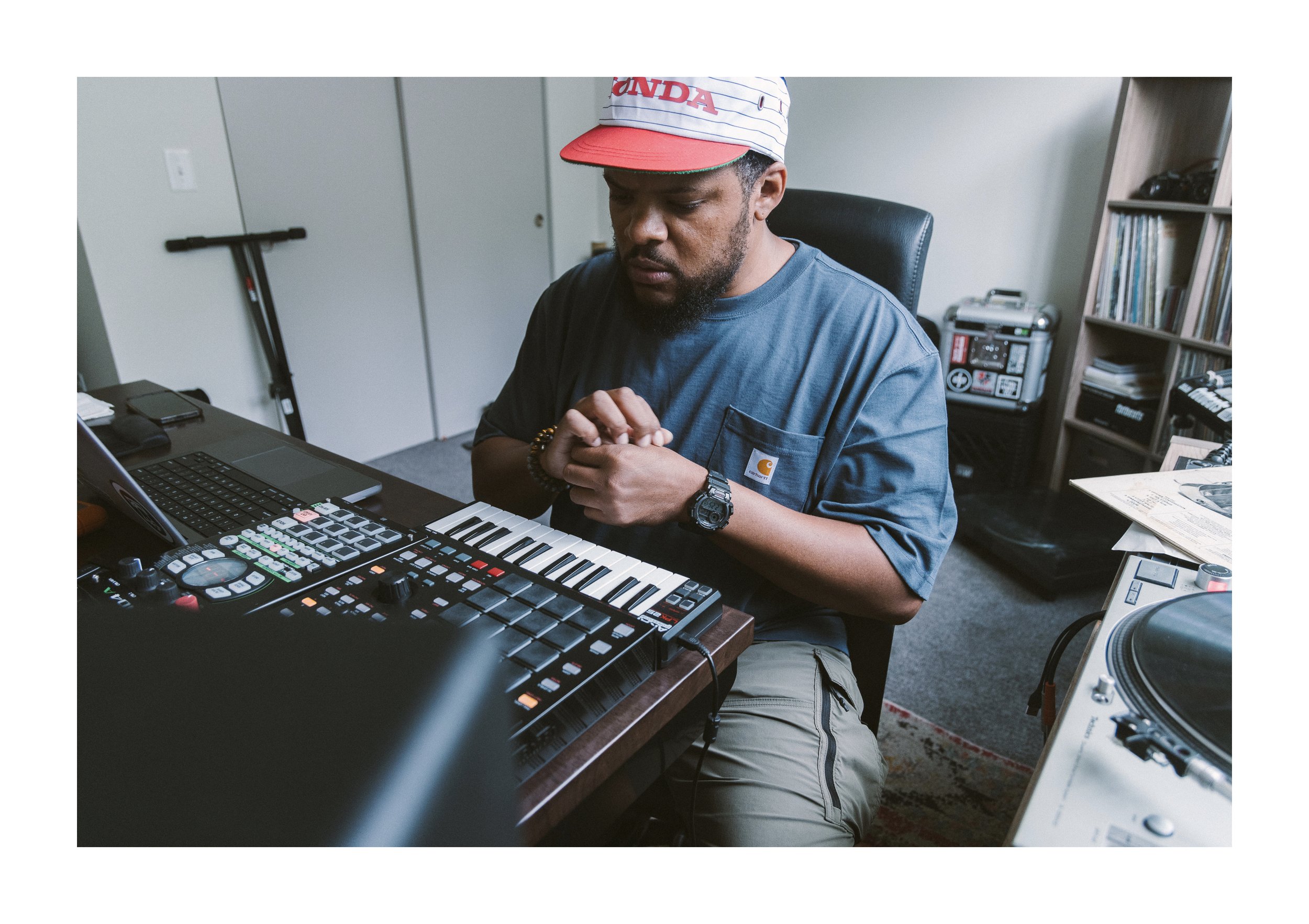






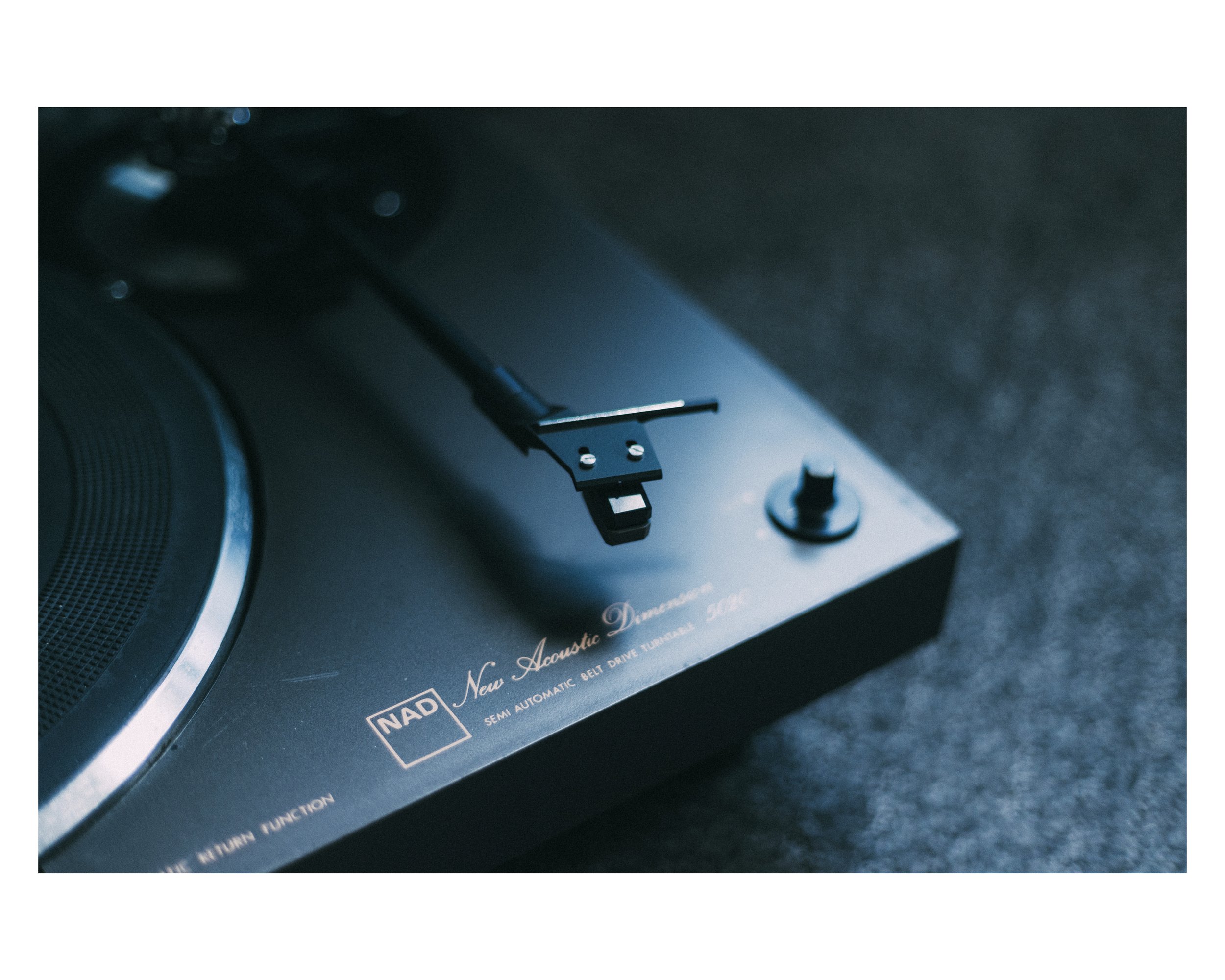















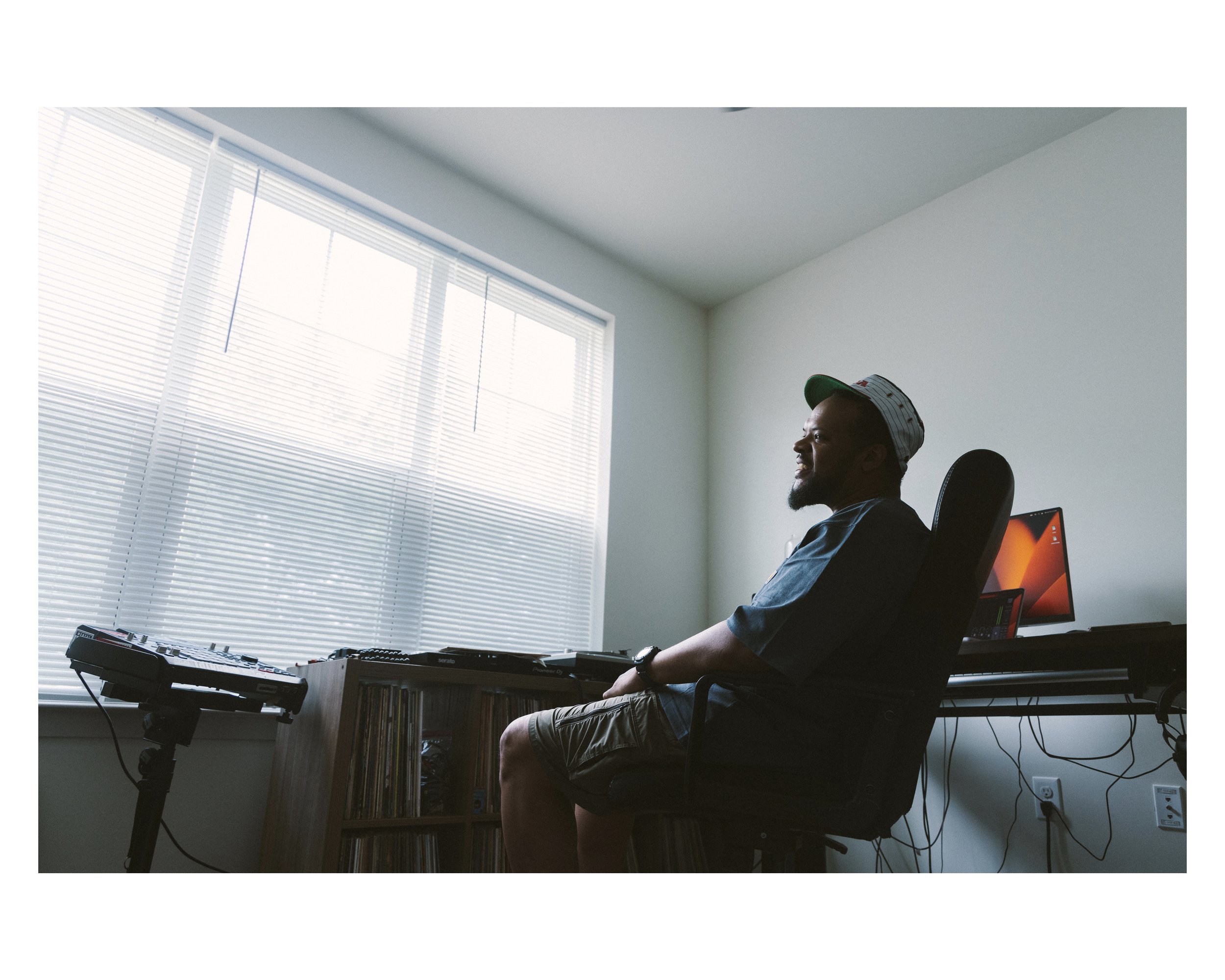


























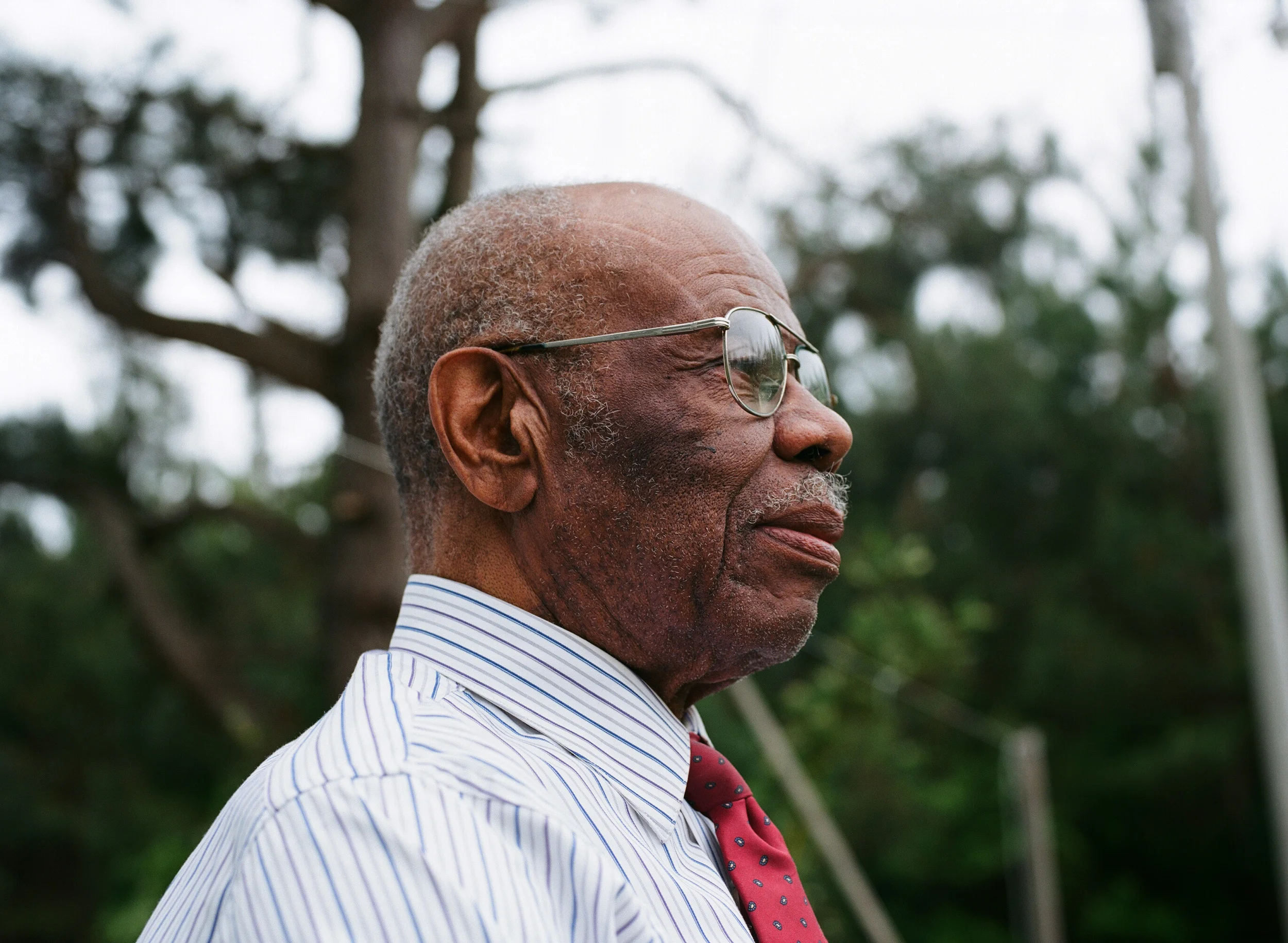









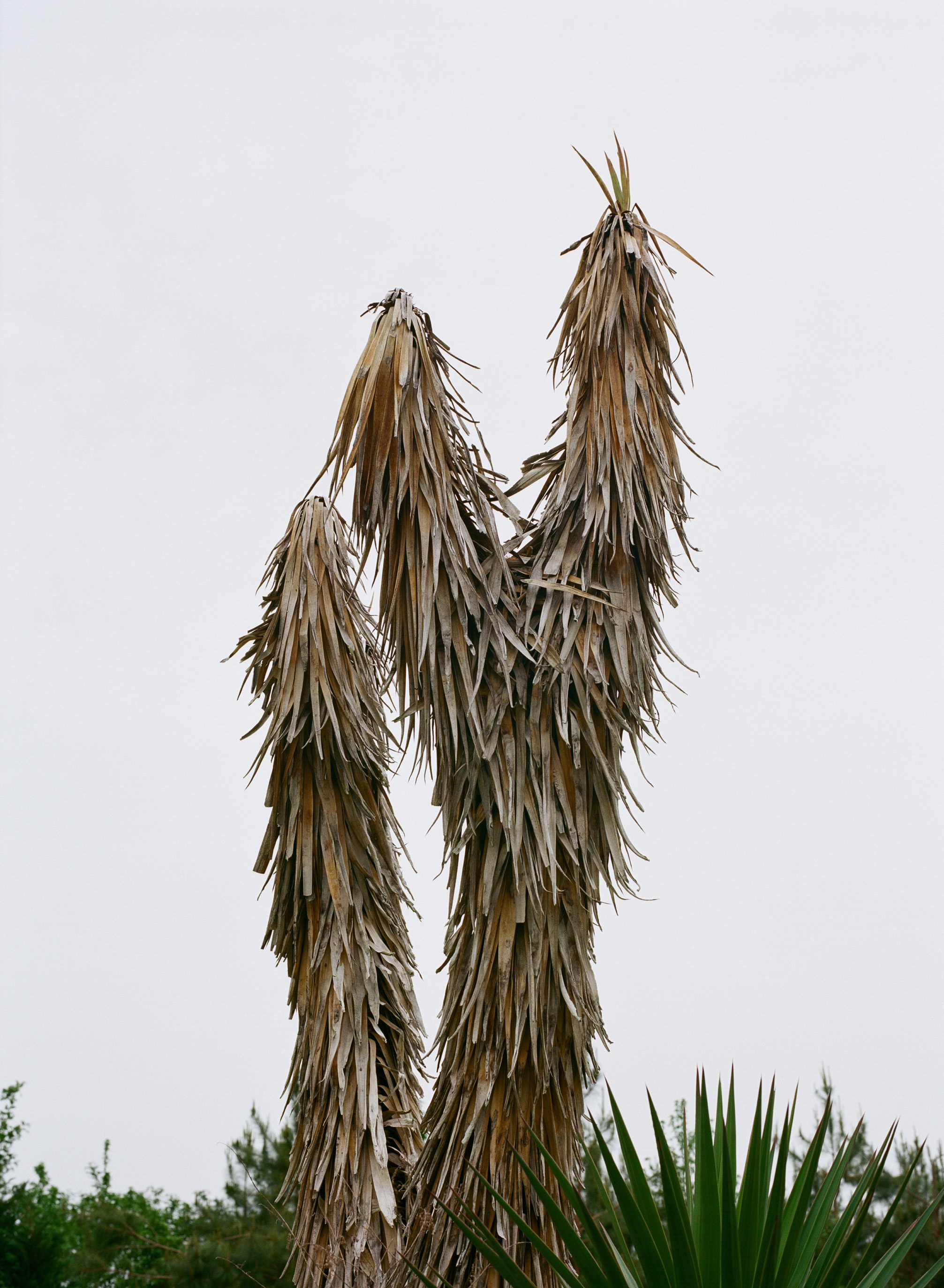
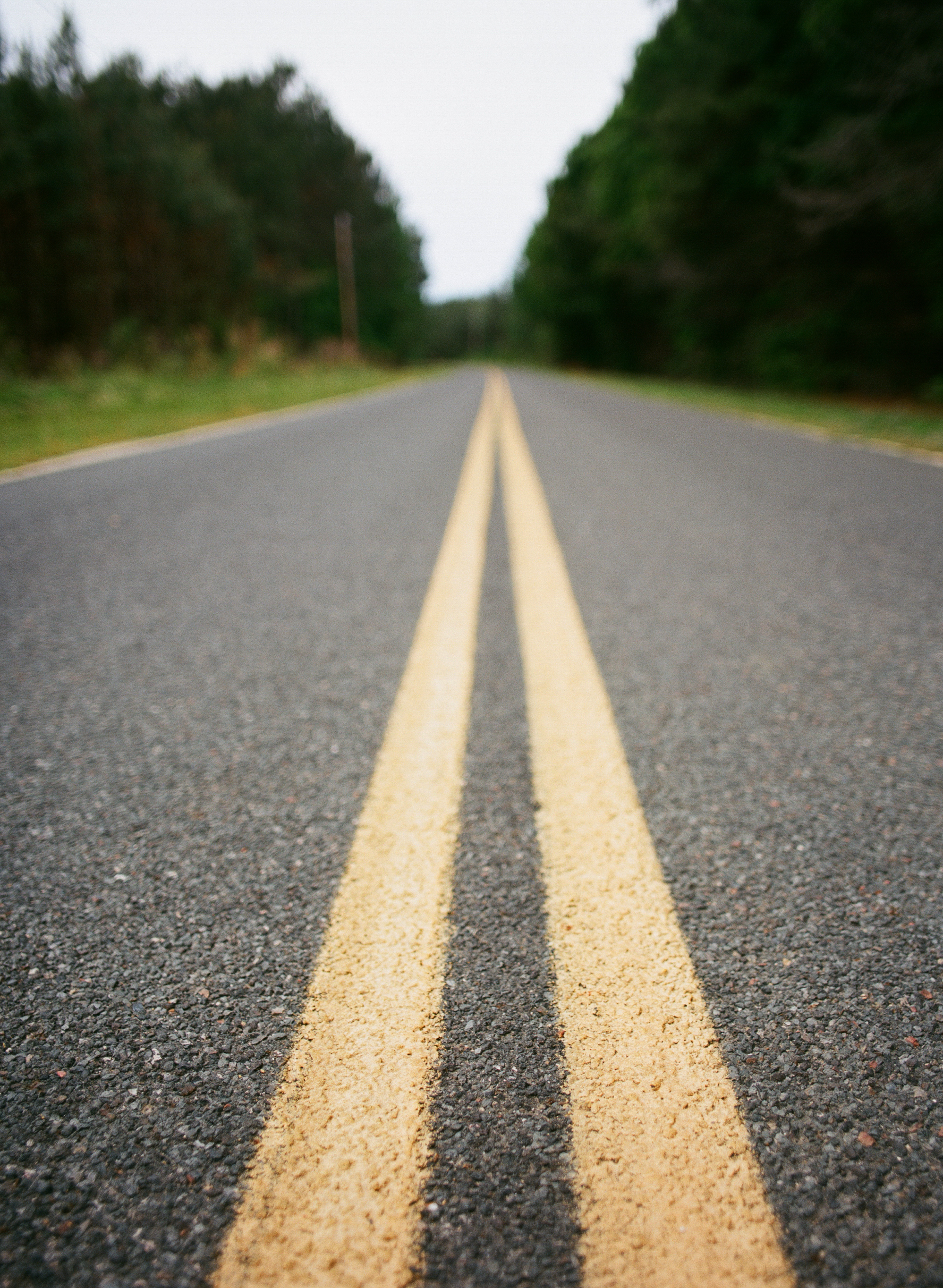








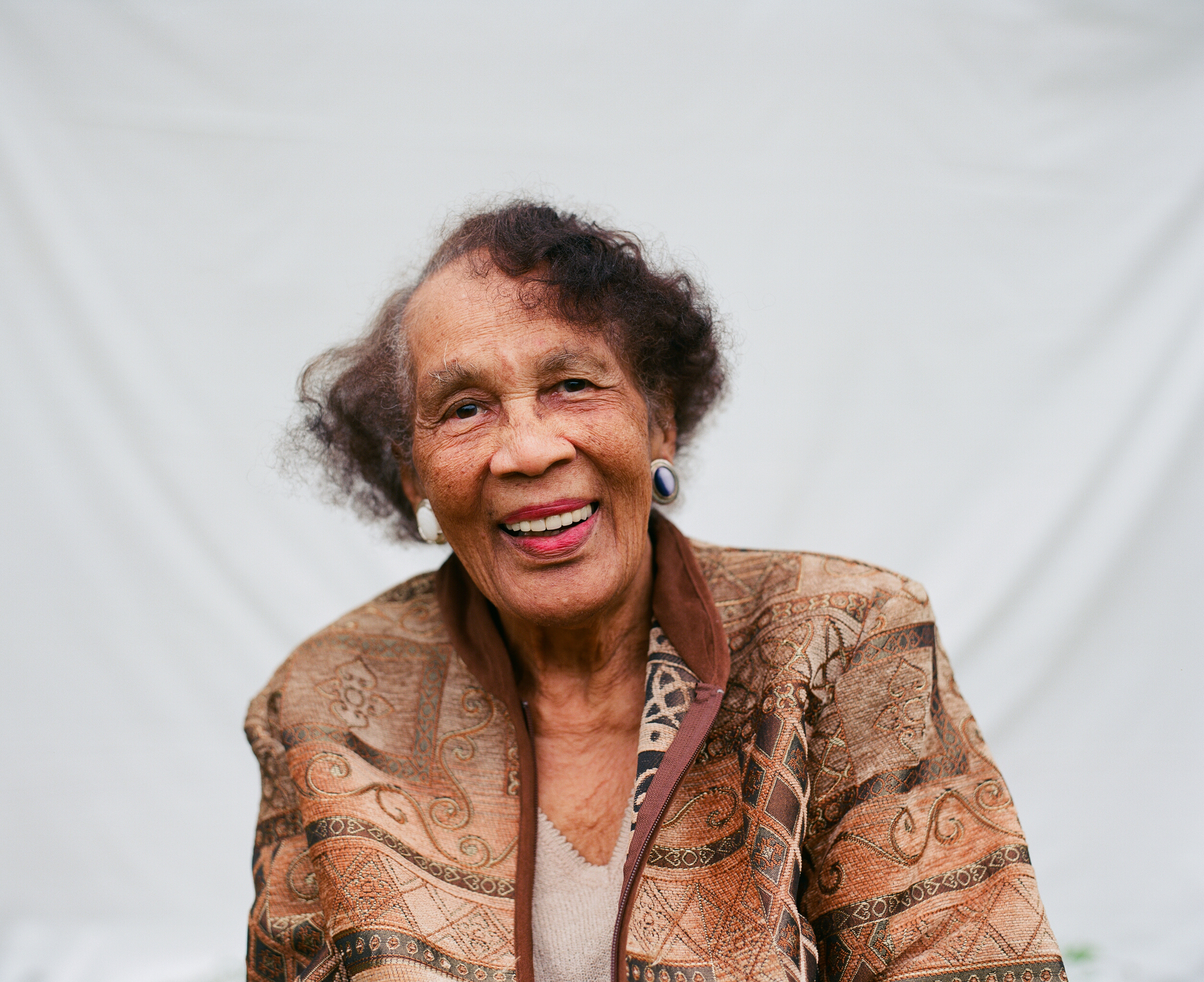

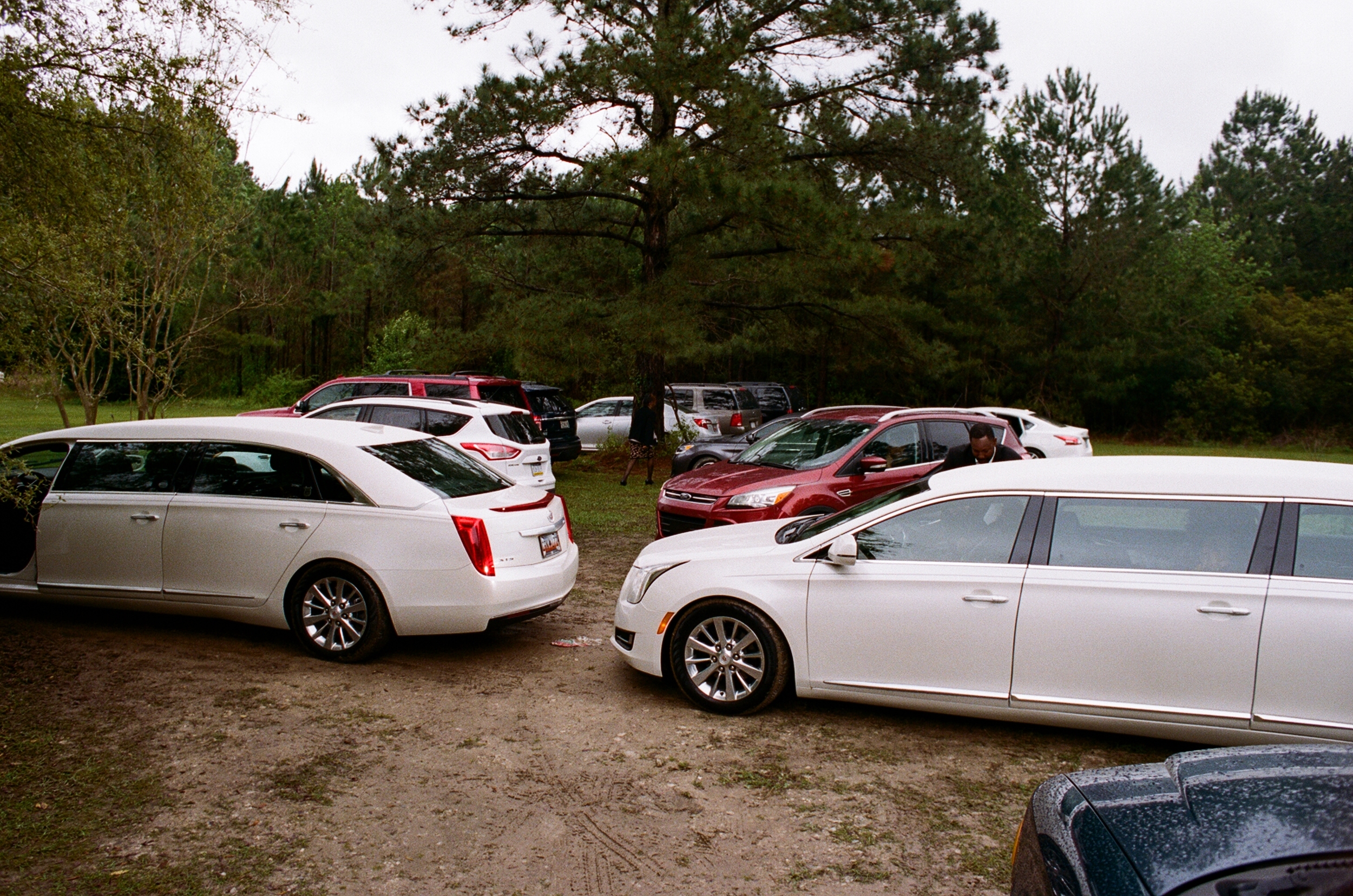

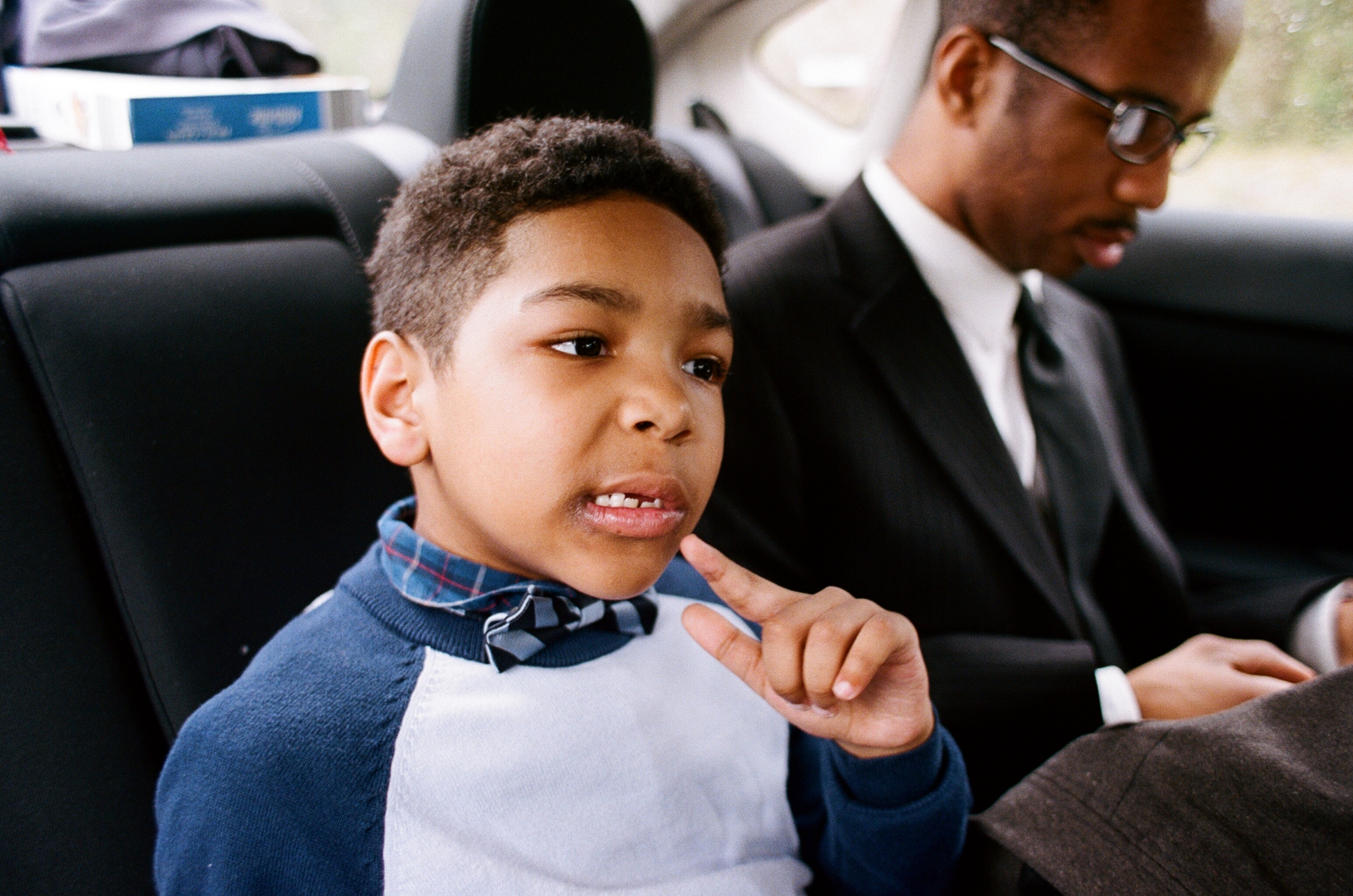














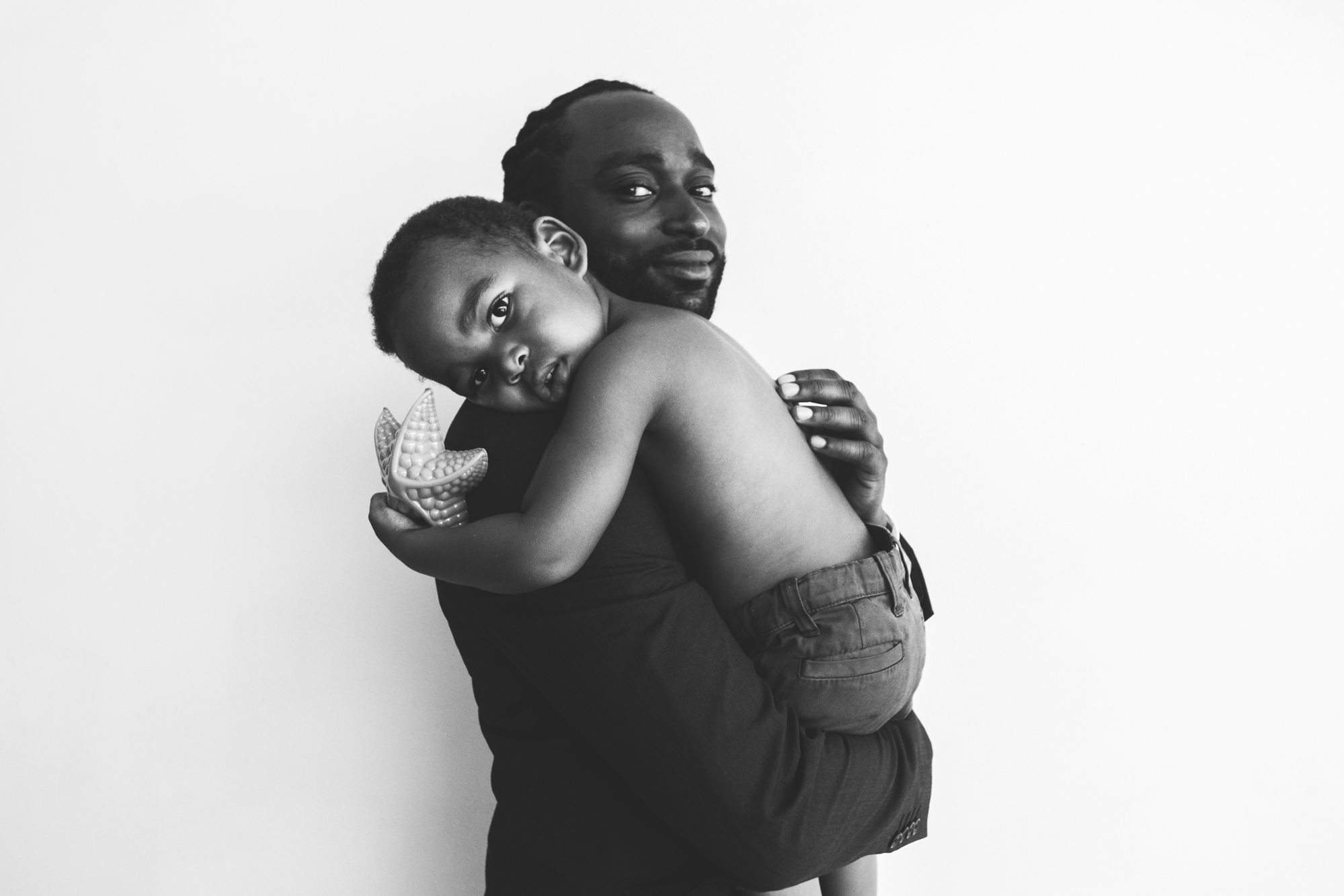



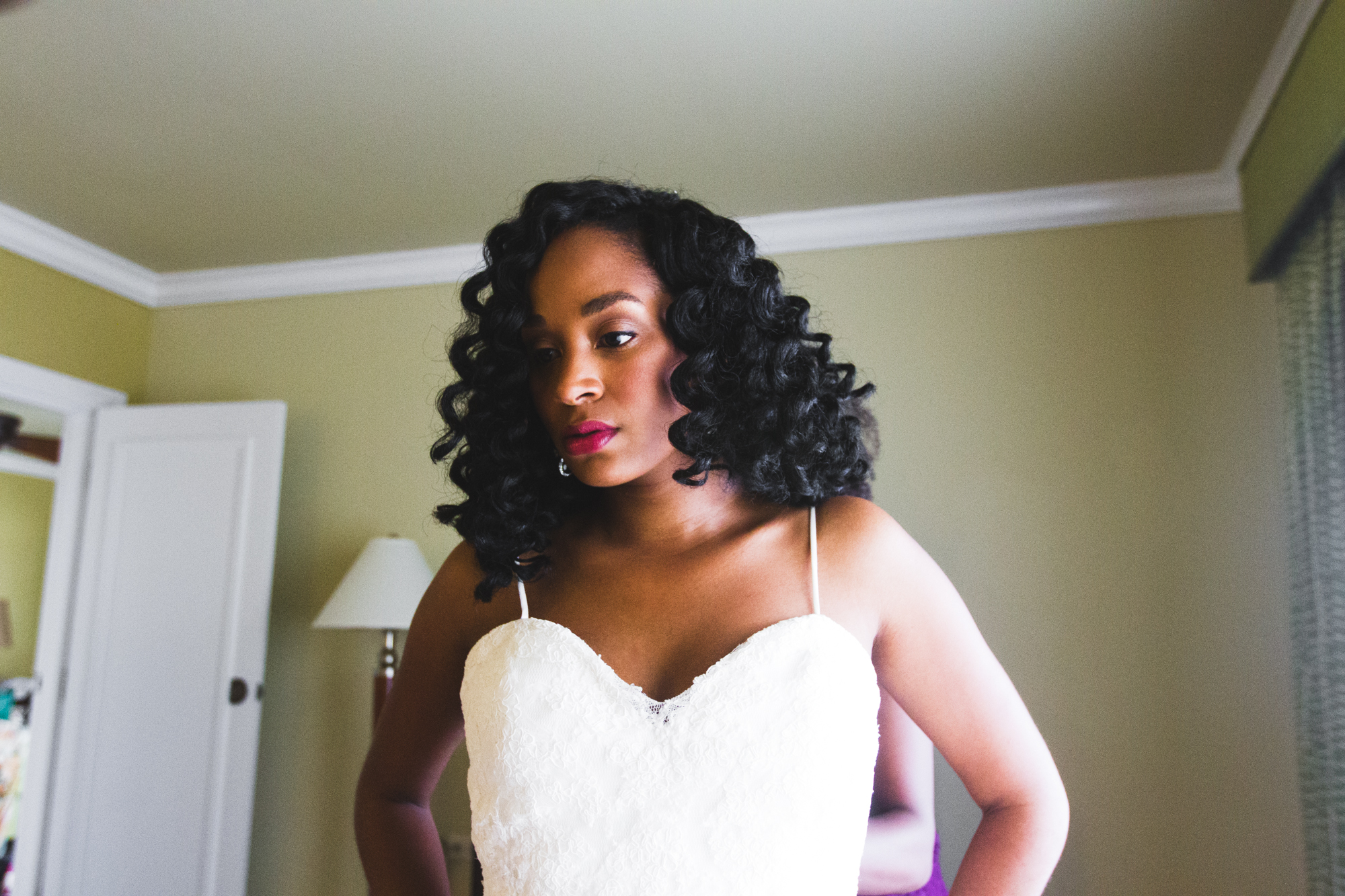



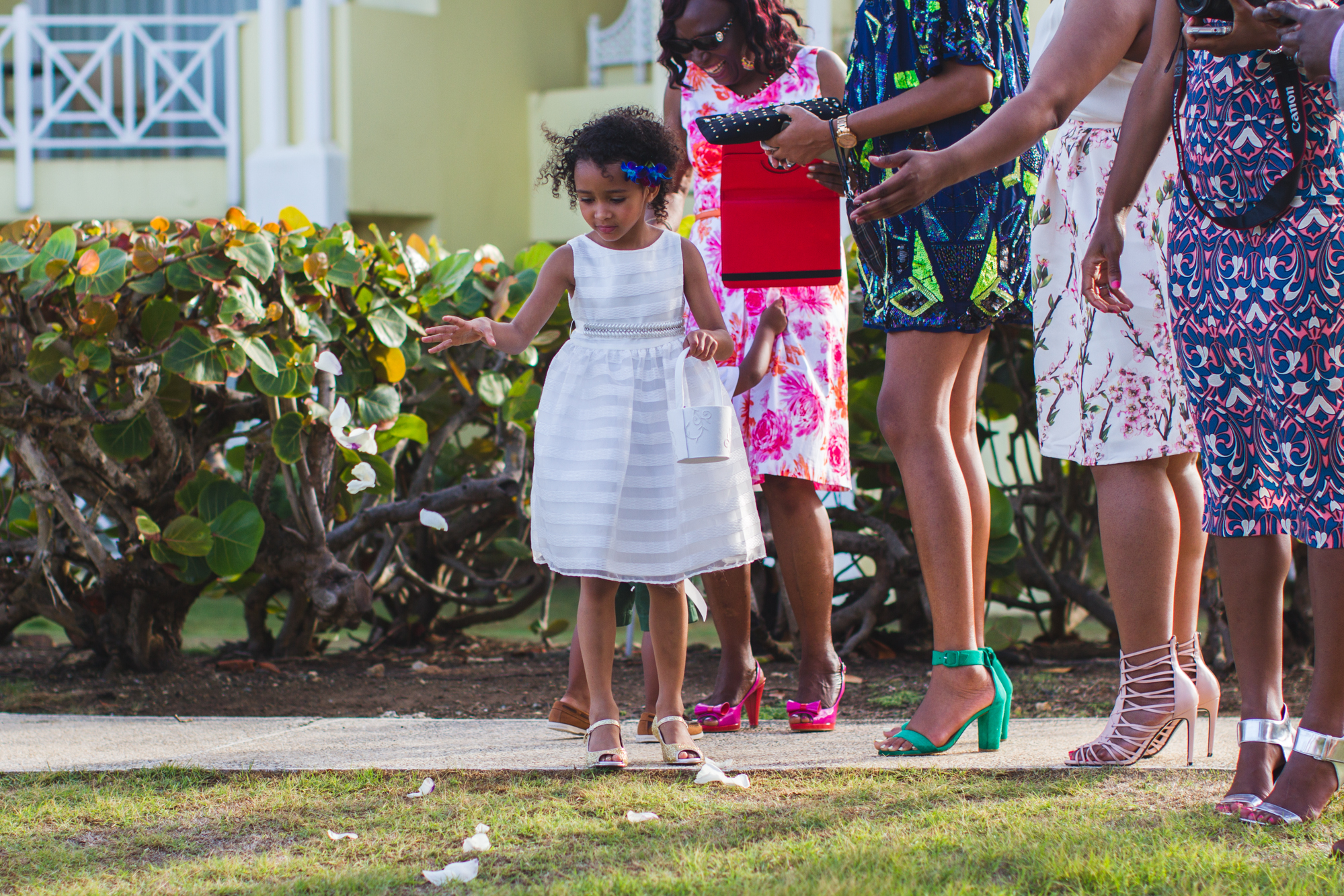

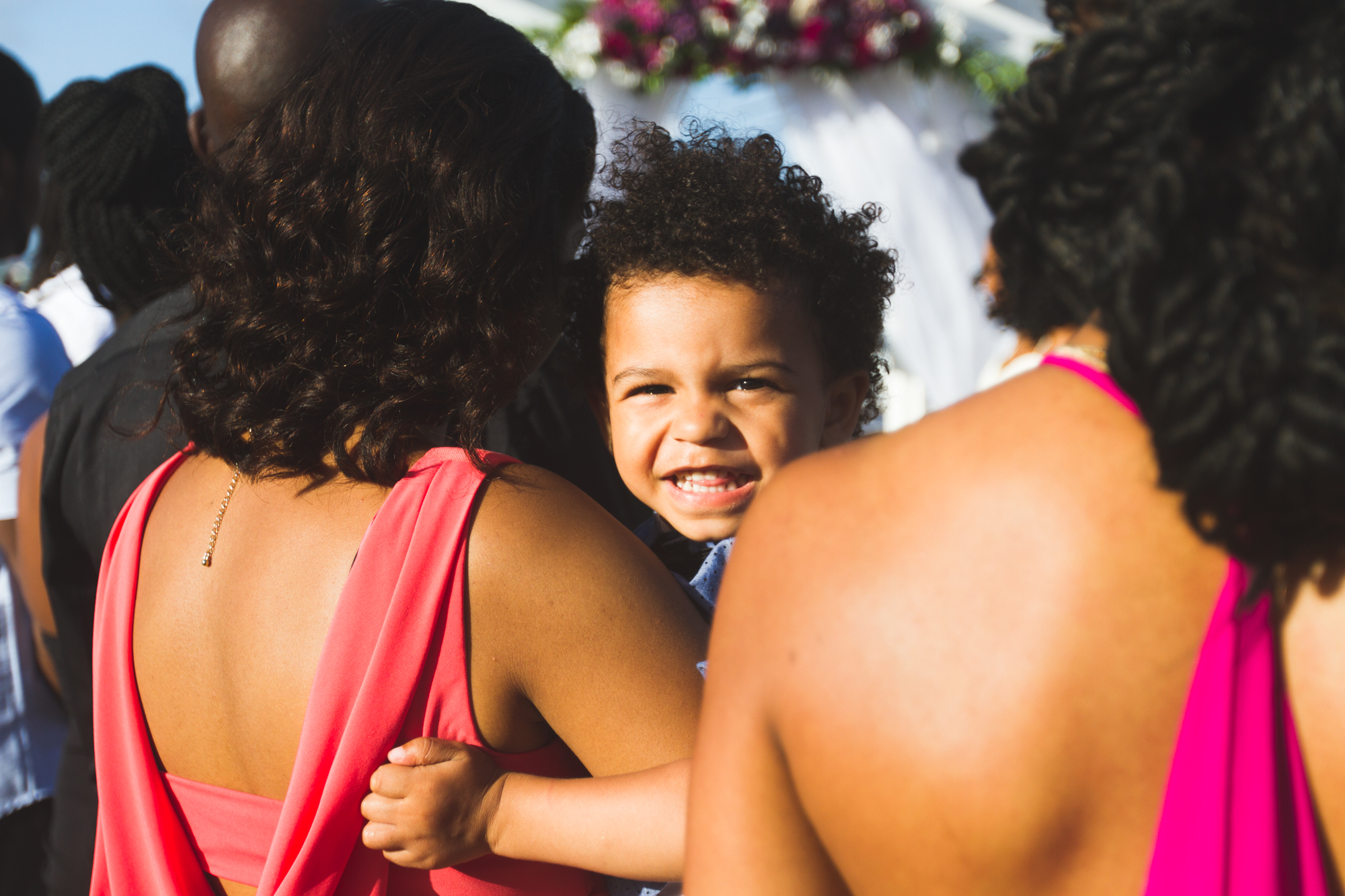



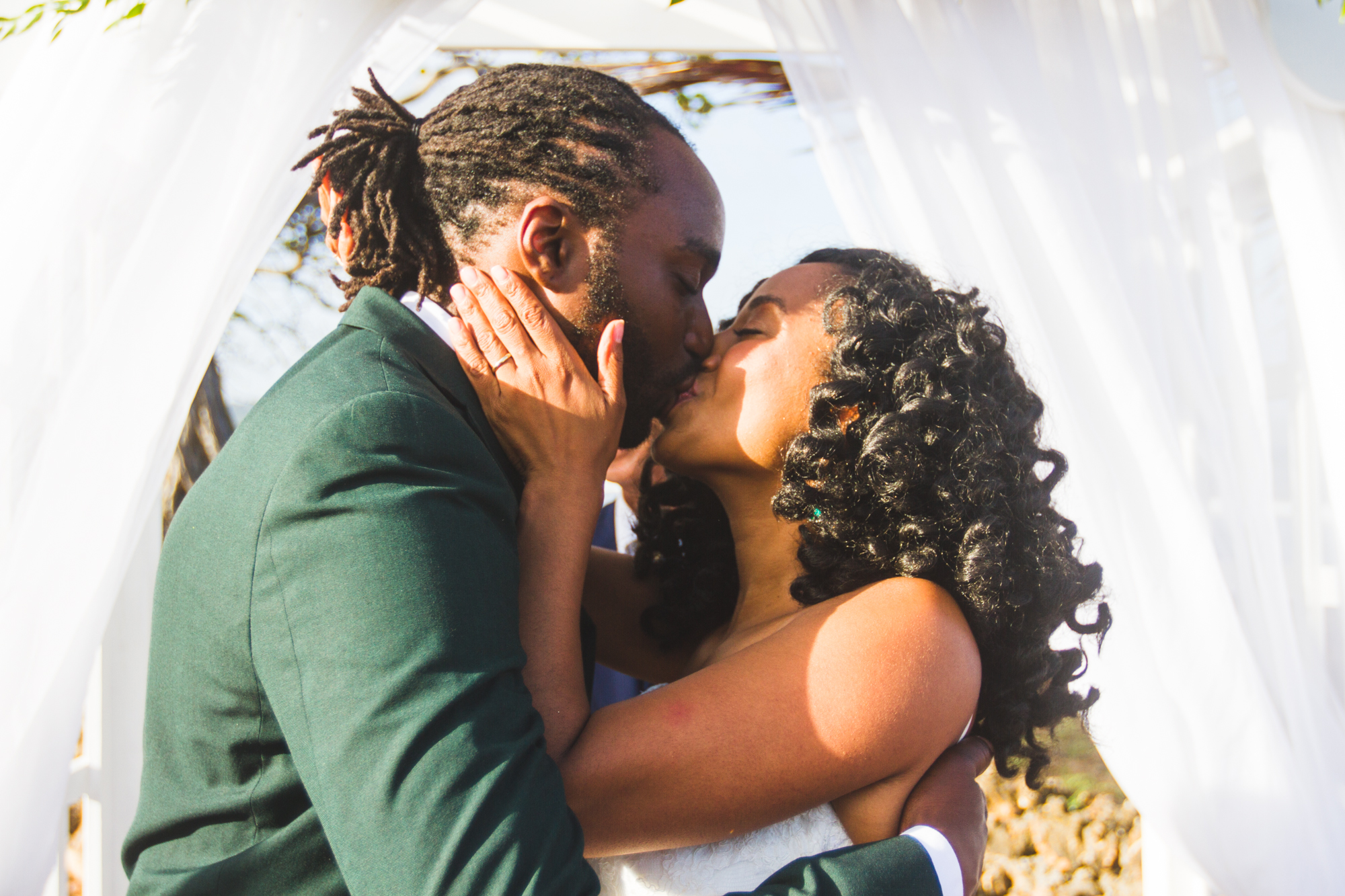

















 I belive I came across Peter Hapak’s work during a random search of photographer portfolios on the popular portfolio platform,
I belive I came across Peter Hapak’s work during a random search of photographer portfolios on the popular portfolio platform, 











 I wanted to make sure I squeezed in a looking back/looking forward post in before January had slipped away, so here it is, albeit quite late in the month. It still counts!
I wanted to make sure I squeezed in a looking back/looking forward post in before January had slipped away, so here it is, albeit quite late in the month. It still counts!





